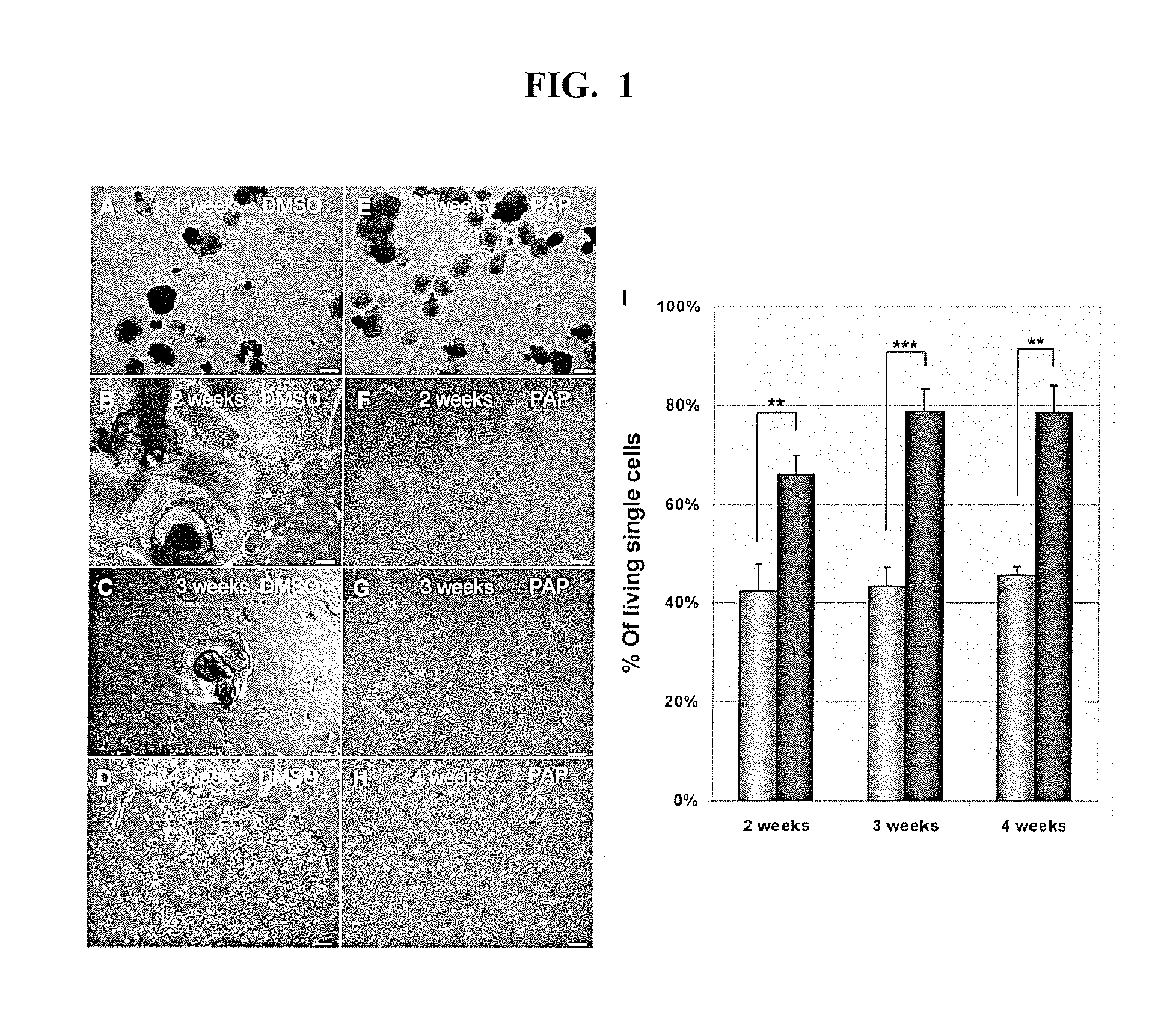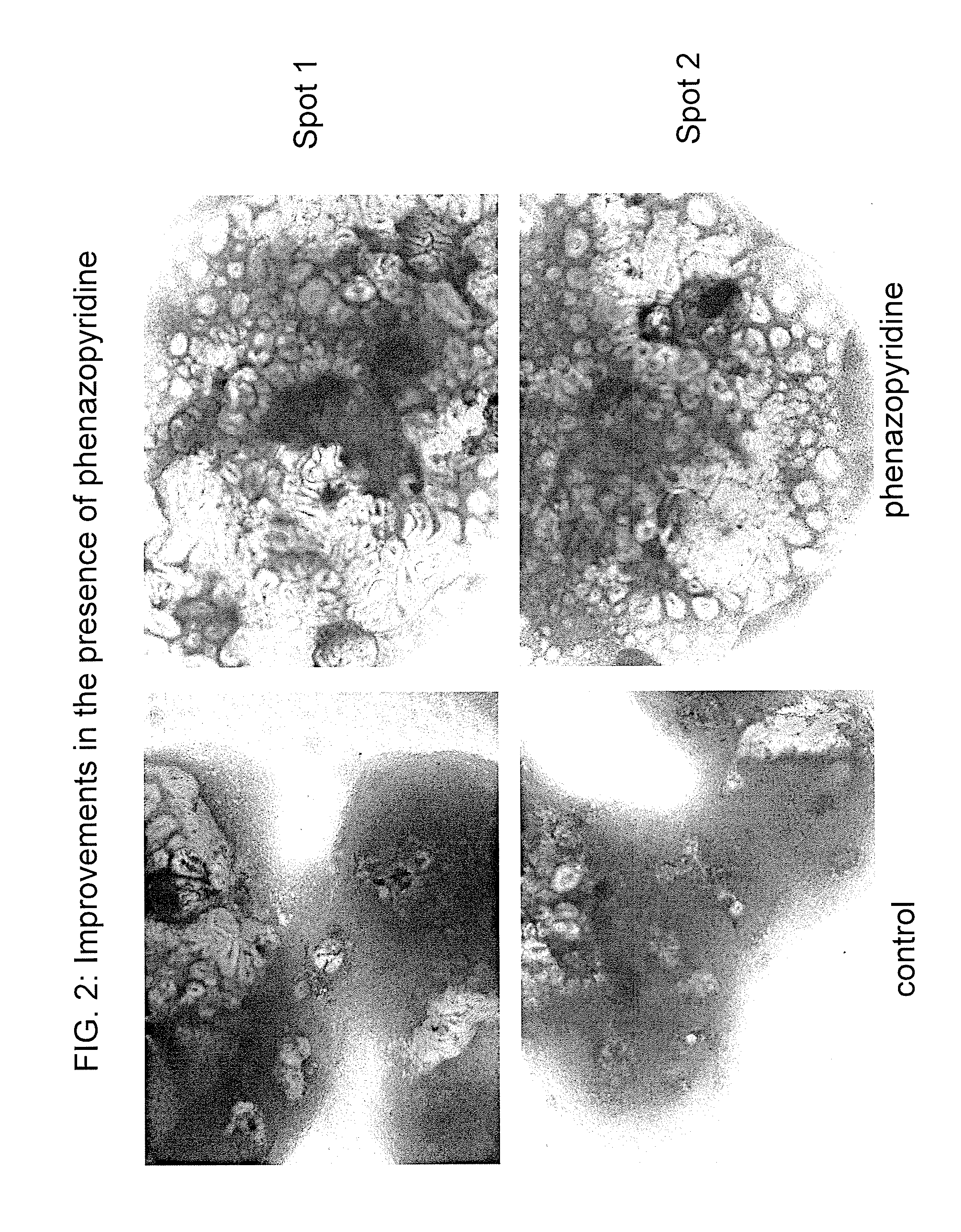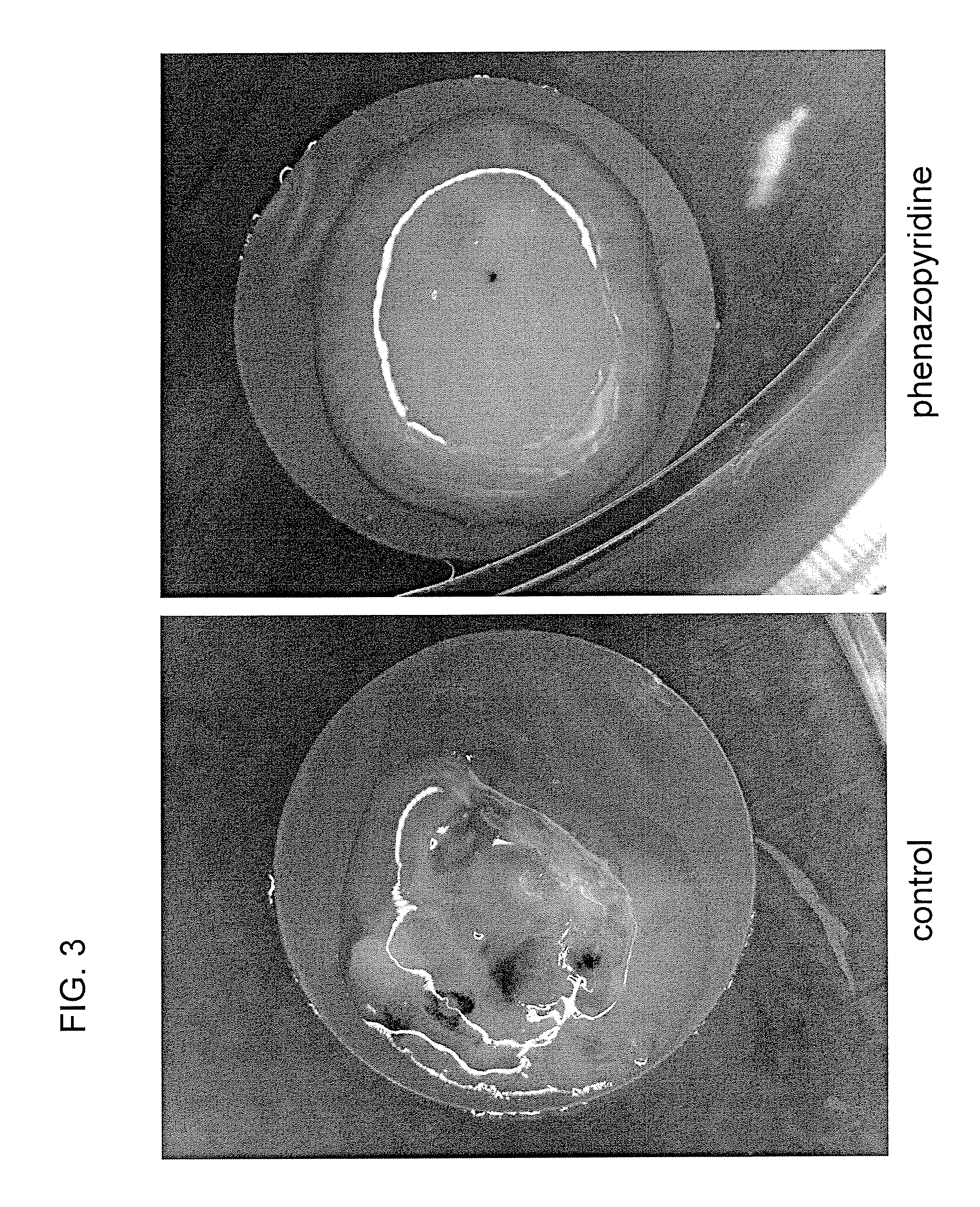Neurons, astrocytes and oligodendrocytes differentiated from a mammalian pluripotent or neural stem cells exposed to a pyridine deriviative
a technology of astrocytes and neural stem cells, applied in the field of stem cell development, can solve the problems of difficult to obtain cell populations, difficult to achieve cell populations, and ineffective spontaneous differentiation of neural precursor cells, so as to improve neuronal differentiation, increase cell survival, and reduce the amount of non-neuronal effects
- Summary
- Abstract
- Description
- Claims
- Application Information
AI Technical Summary
Benefits of technology
Problems solved by technology
Method used
Image
Examples
example 1
Materials and Methods
Reagents
[0229]Reagents and their sources were as follows: the murine CGR8 embryonic stem cell line (European Collection of Cell Culture); the human H1 embryonic stem cell line (Wicell Research Institute Inc.); the stromal bone marrow MS5 cell line was provided by Katsuhiko Itoh (Itoh et al., 1989); cell culture media, fetal bovine serum, serum replacement, penicillin, streptomycin, N2 supplement, non-essential amino acids, sodium pyruvate, collagenase IV (Gibco, Paisley, Scotland); basic human fibroblast growth factor (Invitrogen corp.); recombinant brain derived neurotrophic factor (Sigma-Aldrich); L-Polyornithine, human laminin (Sigma-Aldrich). Antibodies and their sources were as follows: mouse anti-CNPase II, rabbit anti-Musashi, rabbit anti-nestin, mouse anti-Vglut-1, mouse anti-vimentin, rabbit anti-SOX-1, rabbit anti-tyrosine hydroxylase (Chemicon), mouse anti-Pax6 (Developmental studies Hybridoma bank); goat anti-double-cortin (Santa Cruz); rabbit anti-g...
example 2
Differentiation of Human ES Cells to Neural Precursor Cells
Methods
[0234]Undifferentiated human H1 ES cells were cultured on irradiated mouse embryonic fibroblasts (MEF). To carry out neuronal differentiation, ES cells were mechanically dissociated into small aggregates (50-300 cells) and cultured in suspension on low-attachment six-well plates. For the first 4 days, the cells were cultured in neuronal induction medium (DMEM F-12 (Gibco), N2 supplement (Gibco), penicillin and streptomycin (Gibco), phenazopyridine 3:M). Then the medium was changed to simple neuronal proliferation medium (DMEM F-12, N2 supplement, 20 ng / ml human recombinant bFGF, penicillin and streptomycin, phenazopyridine 3:M) for 2 additional days. Subsequently, 15-20 6-day old cell aggregates were plated on polyornithine / laminin-coated six-well plates and maintained in simple neuronal proliferation medium for 7 days. Cells were then mechanically dissociated and replated in N2 medium (DMEM high glucose (Gibco), 10 n...
example 3
Phenotype of Control and Phenazopyridine-Treated Cells
[0237]The phenotype of control and phenazopyridine-treated cells was investigated through immunostaining for various neuronal markers after four weeks of differentiation. Immunostaining was performed for nestin, β3-tubulin, Sox1, Pax6, vimentin, GFAP and Musashi. Control-treated cells were mainly present as clusters. The clusters often contained typical rosette areas positive for nestin and β3-tubulin, but clusters negative for both markers were also observed. Musashi, Pax6, Sox 1, vimentin and GFAP were distributed heterogeneously. In contrast, phenazopyridine-treated cells were mainly present as isolated cells, with very few small clusters. Cells displayed a homogeneous distribution of most markers investigated, with the exception of few strongly β3-tubulin-positive cells, and some GFAP-positive cells. Virtually all cells were nestin, Sox 1 and vimentin-positive, expressed β3-tubulin and Pax6 at low levels, and were negative fo...
PUM
| Property | Measurement | Unit |
|---|---|---|
| diameter | aaaaa | aaaaa |
| diameter | aaaaa | aaaaa |
| density | aaaaa | aaaaa |
Abstract
Description
Claims
Application Information
 Login to View More
Login to View More - R&D
- Intellectual Property
- Life Sciences
- Materials
- Tech Scout
- Unparalleled Data Quality
- Higher Quality Content
- 60% Fewer Hallucinations
Browse by: Latest US Patents, China's latest patents, Technical Efficacy Thesaurus, Application Domain, Technology Topic, Popular Technical Reports.
© 2025 PatSnap. All rights reserved.Legal|Privacy policy|Modern Slavery Act Transparency Statement|Sitemap|About US| Contact US: help@patsnap.com



